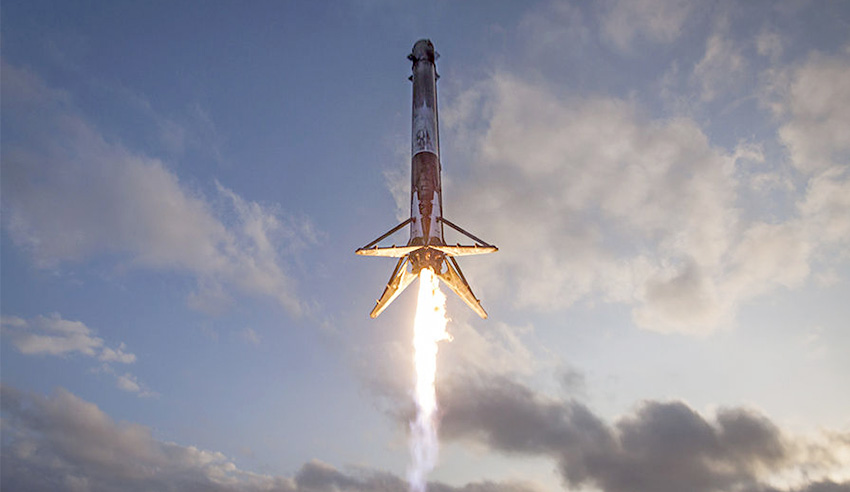This launch aboard a SpaceX Falcon 9 rocket from Cape Canaveral makes Starlink the largest commercial constellation currently in orbit.
It has well surpassed the next largest, the Iridium Next constellation with 75 satellites.
Although 60 satellites were aboard each launch, the number in low-Earth orbit is actually less.
From the first launch in May, three lost contact and two were selected for intentional de-orbiting to test decommissioning procedures. Starlink said the satellite components should burn up completely on re-entry with nothing reaching the Earth’s surface.
SpaceX is still some way from offering a commercial internet service. The company estimates it will need at least six launches, each with 60 satellites, to begin offering internet access for Canada and the northern US.
SpaceX anticipates achieving global coverage next year after 24 launches, which will create a constellation of around 1,400 satellites.
There may be three more launches this year, taking the constellation to around 300, with 24 planned for next year.
The company is competing with several other companies proposing space-based global internet services involving large constellations of small sastellites. That includes Amazon, OneWeb and Telesat.
The second batch of Starlink satellites are regarded as better than the first, with Starlink engineer Lauren Lyons saying these have 400 per cent more throughput and can generate twice as many phased array broadband beams.
They are also equipped with a new Ka-band antenna system.
Musk, SpaceX founder and chief executive, said earlier this year that Starlink would be economically viable with 1,000 satellites, with additional satellites to meet customer demand.
In line with the growing trend to recycle rocket components to reduce costs, this latest Starlink launch was the first to reuse a payload fairing from an earlier mission.
It was also the first time SpaceX used the same rocket booster for a fourth time. The boosters land on a drone ship in the Atlantic Ocean.
SpaceX Falcon 9 rockets are designed for 10 flights of the first stage. However, the second stage is single use only.

